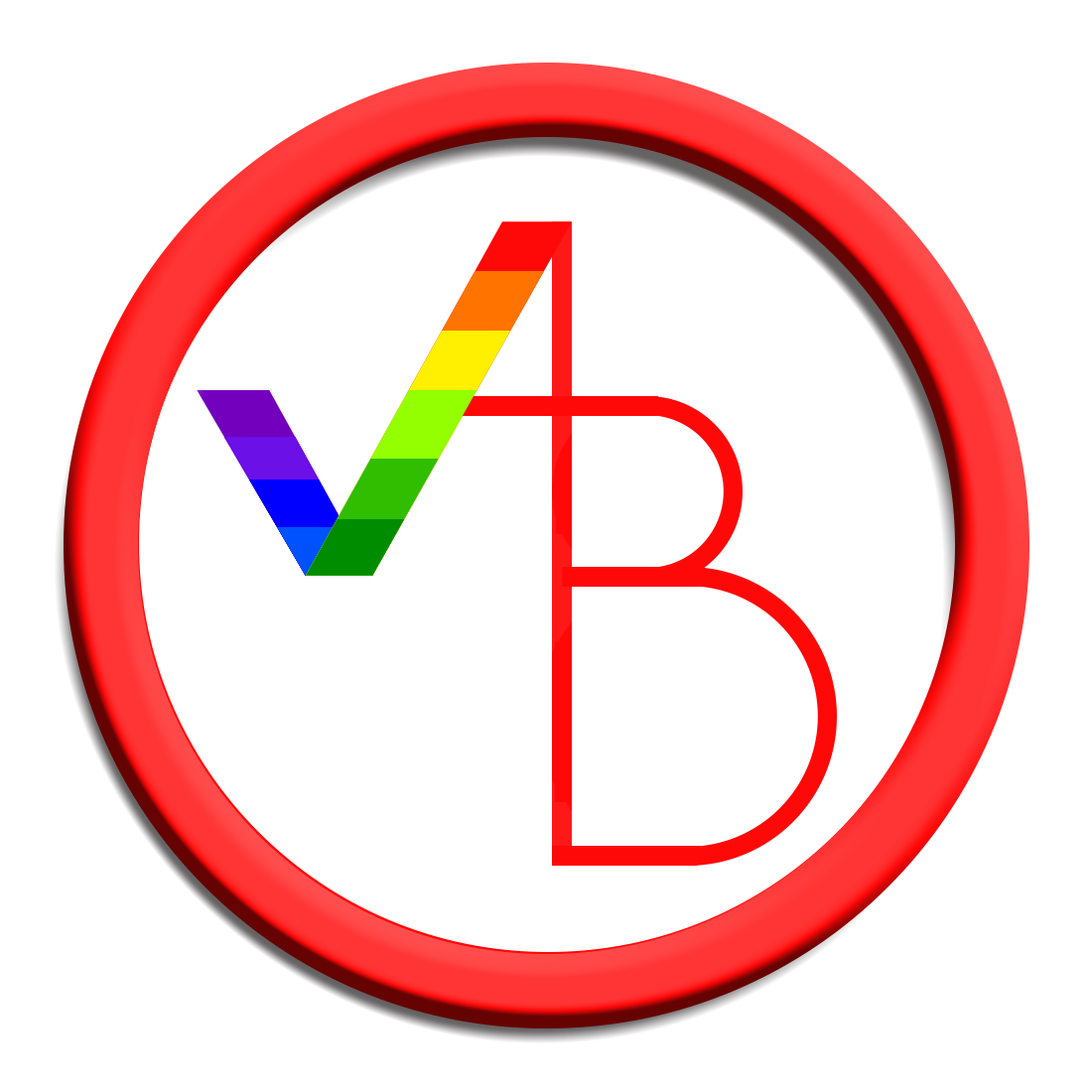Reykjavík.
The final speaker in this ECPR 2011 session is Giovanna Mascheroni (or is it Alice Mattoni?), whose interest is in online politics in Italian regional elections during 2010. Her team developed a code book for assessing online party presence and performance during these elections, which is now also being applied to local and European elections. This included Facebook, Twitter, Flickr, and YouTube as well as general online presence.
To what extent does the use of social media in Italian elections bear any traits of a convergence culture, with political debate taking on elements of transmedia storytelling involving different political actors? To what extent did candidates appropriate the interactive potential of social media?
The code book rates politicians’ and parties’ performance in terms of the number of the five online platforms used, the dominant of these platforms, the integration between these different platforms (pointing towards convergent and transmedial aspects), the intensity of use, and the level of interactive elements used.
The team divided political candidates into five groups: those who did not use online media at all (only four out of 53 candidates studied here); candidates who remained largely resistant to online media (14 of 53, having Websites, but with low intensity and interactivity); the ‘false innovators’ (17 of 53, who had a larger number of online presences, but didn’t use them very much); the ‘up to date’ users (14 of 53, who were reasonably active); and the very innovative candidates (4 of 53, who were truly active).
The absentees were all from far right parties, and minor parties overall fell largely in the lower categories; by contrast, 15 of the 18 ‘up to date’ and very innovative candidates came from major parties. Major parties used more complex repertoires of communication than the minor parties, in other words.












